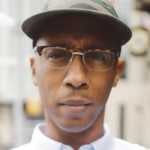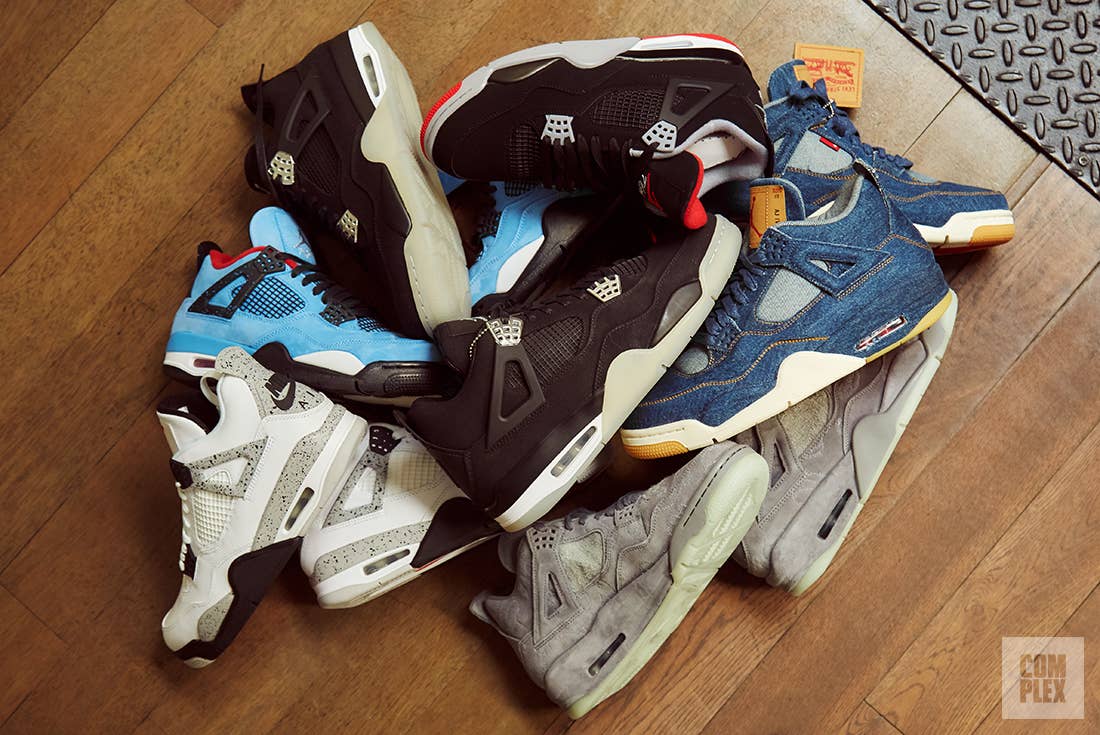
“Un-fath-om-able.”
Legendary sports writer Jack McCallum used that word in the title of a Sports Illustrated article published in the May 15, 1989, issue, and it read foreign to 12-year-old me. I remember grabbing a dictionary to look up the meaning. The definition read, “Incapable of being fully explored or understood,” which captured everything about Michael Jordan. A week prior, on May 7, the Bulls star dispatched of the Cleveland Cavaliers with a game-winning, last-second shot that would go down as one of the most important footnotes of his illustrious career. And Money did it while wearing the “Black/Cement” Air Jordan IV, creating a defining moment for the shoe in the process.
Even the most casual sports fan knows the play. With three seconds left on the clock, Jordan takes the inbound pass, drives left, and rises above the outstretched hands of his defender Craig Ehlo. Jordan freezes himself in time and momentarily hangs in the air, while his would-be foe’s momentum carries him away. The Bulls star finally shoots, scores, and celebrates with a series of fist pumps, while Ehlo and other Cavs players crumple to the floor in agony. His red Bulls jersey and his sneakers have become cultural artifacts. Especially the shoes. The outsole pattern and the black, gray, white, and red color scheme of the Air Jordan are among the most recognizable in all of footwear, largely due to Jordan’s frozen moment in mid-air.
Jordan hit plenty of game-winning shots during his career. His jumper to win North Carolina the 1982 NCAA National Championship over Georgetown lives as “the birth of Michael Jordan,” as Jordan himself put it. Byron Russell, the one person who can empathize with Ehlo, fell victim to Jordan’s “Last Shot” in a Bulls uniform during Game 6 of the 1998 NBA Finals. But the Cleveland bucket pushed the early Jordan narrative to new heights.
“Un-fath-om-able.” That’s the word Cleveland center Brad Daugherty used to describe Jordan’s shot to close the series. “'Simply unfathomable.''
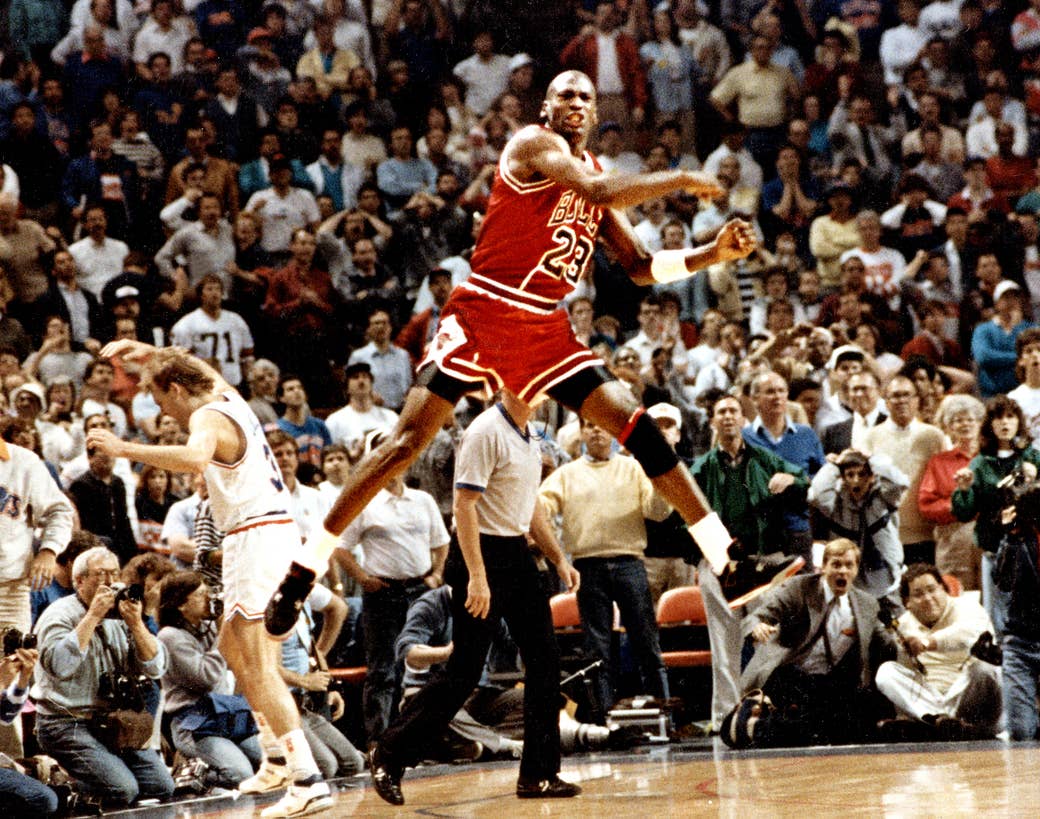
History neglects the fact Ehlo led Cleveland in scoring that day, with 24 points, while playing on a bum ankle. His own potential game-winner came at Jordan’s expense as a defender one play prior. Ehlo’s basket set the stage for MJ’s historic display of one-upmanship. Ehlo admitted being the goat in Jordan’s heroic tale was taxing initially. “I got tired of seeing it and people saying it,” he told the New York Times in 2015. “But after a while, I realized it was the situation every athlete wants to be in, my signature moment. I just decided, OK, let me just ride this pony.” Luckily for him, he found a way to embrace it all. Jordan Brand borrowed the Cavs’ old black, blue, and orange color scheme for a Jordan IV in May 2012 for the 23rd anniversary of the basket.
Yes, those damn shoes. Fresh off the Air Jordan III, designer Tinker Hatfield crafted a follow-up that’s become one of the most coveted silhouettes in the franchise. Hatfield didn’t veer far from the shape of the previous model, because why screw up a good thing that was obviously working to Jordan’s expectations? But he revamped the shoe enough to separate it from its predecessor. Mesh was included for durability, a triangle wing piece for ankle support, and Durabuck replaced leather for the “Black/Cement” colorway. Still, there was no Swoosh, keeping with the precedent set by the Air Jordan II, but Nike branding appeared on the heel. The Jumpman logo on the tongue, with “Flight” sketched underneath, topped the look. Just like the model’s namesake player, the word unfathomable applied to how the shoe stood out from everything else on store shelves.
“It was like, ‘Oh my God. How do I top the III?’ That was around when I first started designing for Michael. Since the III was all about visible air and being a mid-cut, which wasn't a thing, it was the first mid-cut basketball sneaker of all time,” says Hatfield. “I didn't want to copy the III. It had those exotic materials on it—the faux elephant skin. So, very purposely, the IV was very tech-y. It had that mesh panel and no exotic materials. Jordan was all about being new and different, but it was also about being new and different from year to year to year. I really wanted to switch it and go away from those exotic finishes and go right in and get nitty-gritty with it.
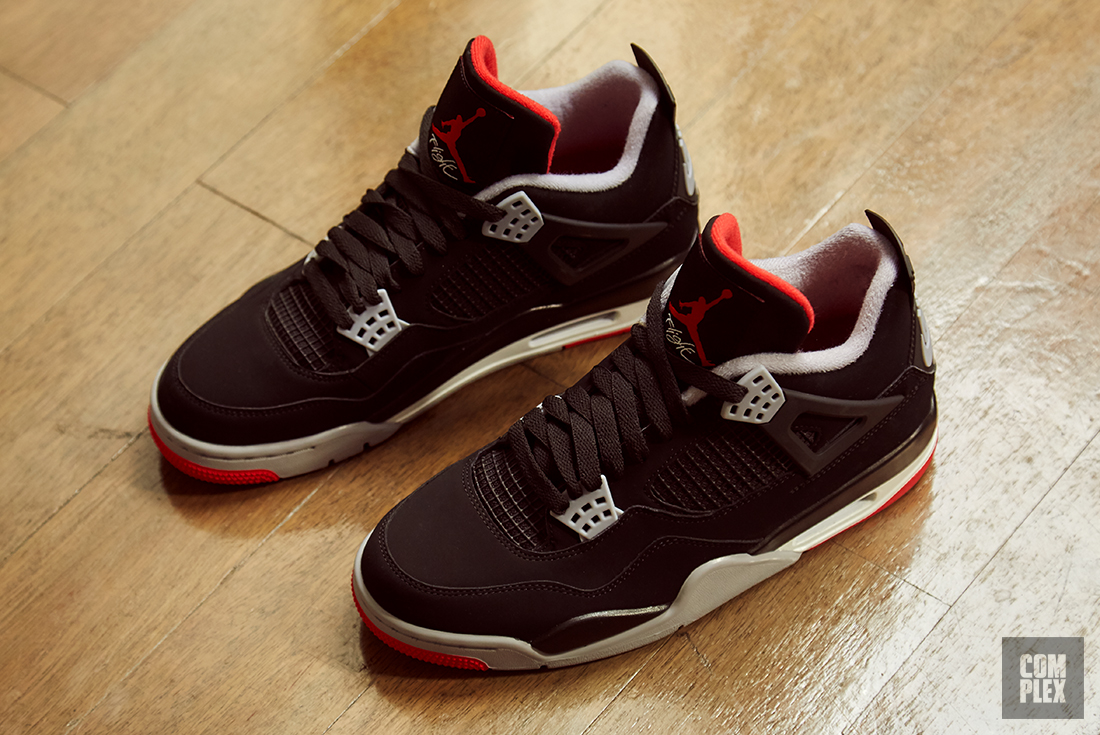
Jordan’s on-court accomplishments formed the foundation of the love for the Air Jordan IV, but movies and marketing furthered the world’s obsession with the model. Creative agency Wieden+Kennedy and director Spike Lee provided a lot of the early fuel for spreading the fire to the masses. In the ’90s, sports media didn’t move at the speed it does today, with constant coverage of players. Glimpses into who athletes were as people didn’t exist outside of their infrequent appearances in the press.
Wieden+Kennedy knew they needed more, and they found it in Lee. The film director’s Mars Blackmon character stood as the yin to Jordan's yang in a series of ads that debuted in 1988. For his part, Jordan played it calm and cool in the commercials, which ironically stood in contrast to the tenacity he would come to be known for on the court. The heavy lifting was reserved for Lee’s Blackmon character. He kicked trash talk in braggadocious Brooklyn slang on Jordan’s behalf. Mars spoke about Jordan’s athleticism, shoes, and swagger with so much enthusiasm that he sounded like every kid in America who adored the player.
Thanks to his buddy Mars, Jordan appeared more accessible. Regular people couldn’t do the death-defying dunks, but they could dress like Mike by buying his shoes. “I think that opened up the access point for Nike to not just necessarily be for serious athletes, but for anybody, for fans, because there’s no bigger fan than Mars Blackmon," former Wieden+Kennedy creative director Jim Riswold said in 2015, reflecting on the importance of those early ad spots. "I mean, not only did he love his Air Jordans, the product, he loved the man."
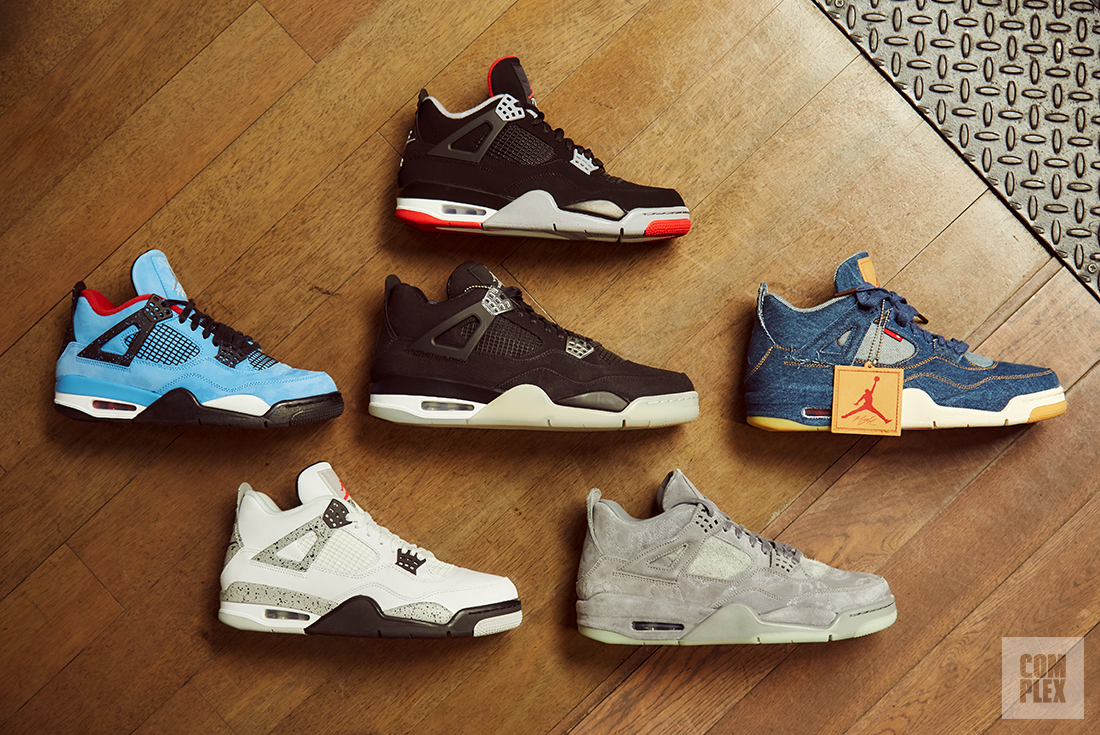
While Mars Blackmon worked the small screen, Lee put Jordans on the silver screen in most of his early film work. His first flick, 1986’s She’s Gotta Have It, opened Wieden+Kennedy’s eyes to Mars’ love of Js. The director’s 1989 opus, Do the Right Thing, upped the ante, with more Nike footwear featured in the movie. Models like the Air Trainer III, Trainer SC, Air Revolution, Cortez, and more popped up on characters’ feet throughout the film. But no shoe plays a more pivotal role than the “White/Cement” Jordan IVs worn by the character Buggin’ Out. In one of the movie’s key scenes, a neighborhood transplant wearing a Larry Bird T-shirt and carrying a bicycle manages to scuff Buggin’ Out’s new shoes, much to his disgust and that of everybody on the block. The ensuing argument mixes exaggerated reactions that provide humor, social commentary on gentrification, and a brief statement on sneaker etiquette. Jordan Brand recognized the moment with a friends-and-family release in 2017 that included an appropriately scuffed replica complete with green, yellow, and red lace details, plus a toothbrush, the same tool the movie character used in attempts to resurrect his pair.
All the folklore attached to the model keeps collaborators coming back to it when given the chance to work with Jordan Brand. In one of their smarter moves, the company’s taken a judicious approach in selecting partners allowed to use the model. Los Angeles-based boutique Undefeated received the honor of becoming the first-ever third party to collaborate on any Jordan in 2005. They picked the Jordan IV, and the military-inspired colorway still commands prices in the $20K range. Rap legend Eminem earned two friends-and-family editions—the “Encore” and a collaboration with Carhartt, released in 2005 and 2017, respectively—that hover around the same price range.
But the love for Jordan IVs isn’t limited to high-profile people and their inner circles. The appreciation extends to pairs that saw wider releases: from Kaws’ collabs from 2017 to Travis Scott’s Cactus Jack colorway, as an ode to Houston, to Levi’s denim takes to general releases by Toro Bravo, Cool Grey, Oreos, Military Blue, and more. Jordans play a role in the early collecting habits of sneaker enthusiasts. Even with 30-plus signature models in the line, the Air Jordan IV lands in the top five in the eyes of many. As Hatfield puts it, “Some people say the IV is their favorite shoe. It's a little bit more, what I like to call, utilitarian, but still with a Jordan mystique.”
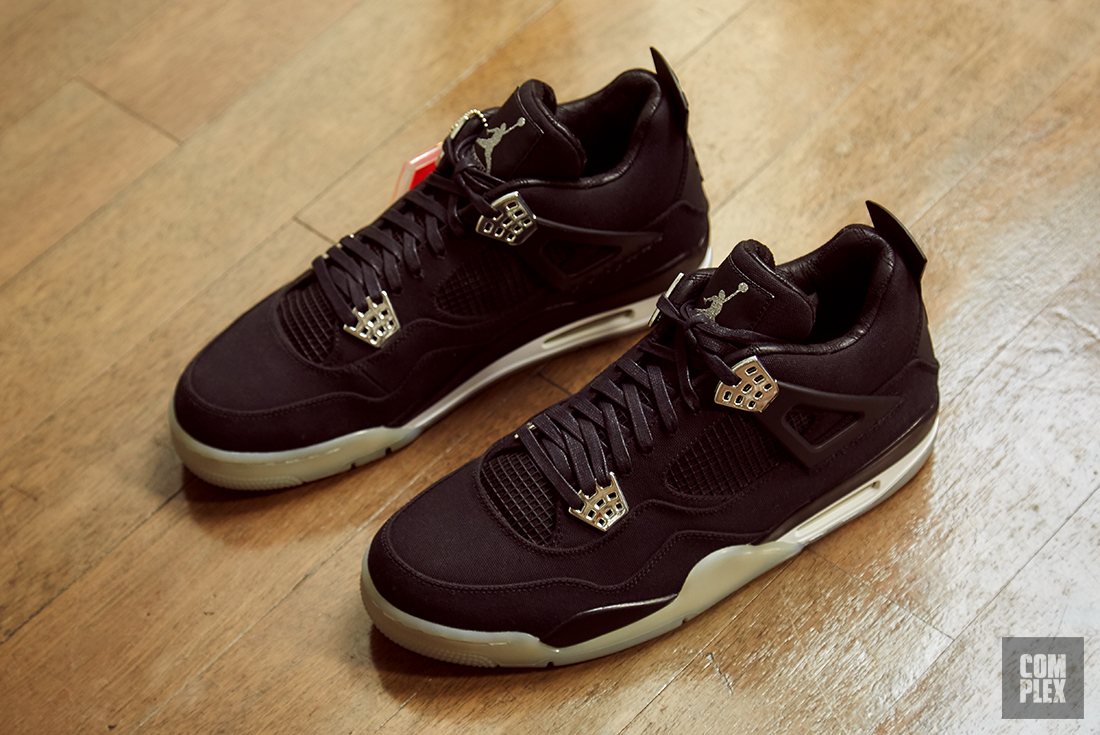
Jordan’s rise in the league, and Lee’s as a new Black voice in film, coincided with another emerging force: hip-hop’s first golden era. 1988 through 1989 marked a period when career-defining albums and artists who would go on to create the genre’s early identity experienced both critical and commercial success. Certified classics by the likes of Public Enemy, N.W.A, Slick Rick, De La Soul, the Beastie Boys, Geto Boys, and countless other greats hit shelves in succession. The growth of the magazines dedicated to covering the music, and the explosion of music videos, pushed artists further into the spotlight.
Rappers morphed into walking billboards, but in a more organic sense than the artist-brand affiliations and influencer marketing seen today. And when fans looked down at their favorite rappers’ feet, chances are they saw Jordans. Classic photos like Big Daddy Kane lounging in the back of a limo, with women flanking him and Jordan IVs on his feet, always come to mind. A pre-fame JAY-Z could be seen in the “Black/Cement” colorway during the “Hawaiian Sophie” era. West Coast gangster rap forefather Ice-T would often show up on magazine covers and press photos laced in the classic model. Early rap stars set the standard for how performance footwear like the Air Jordan IV could be worn away from the court.
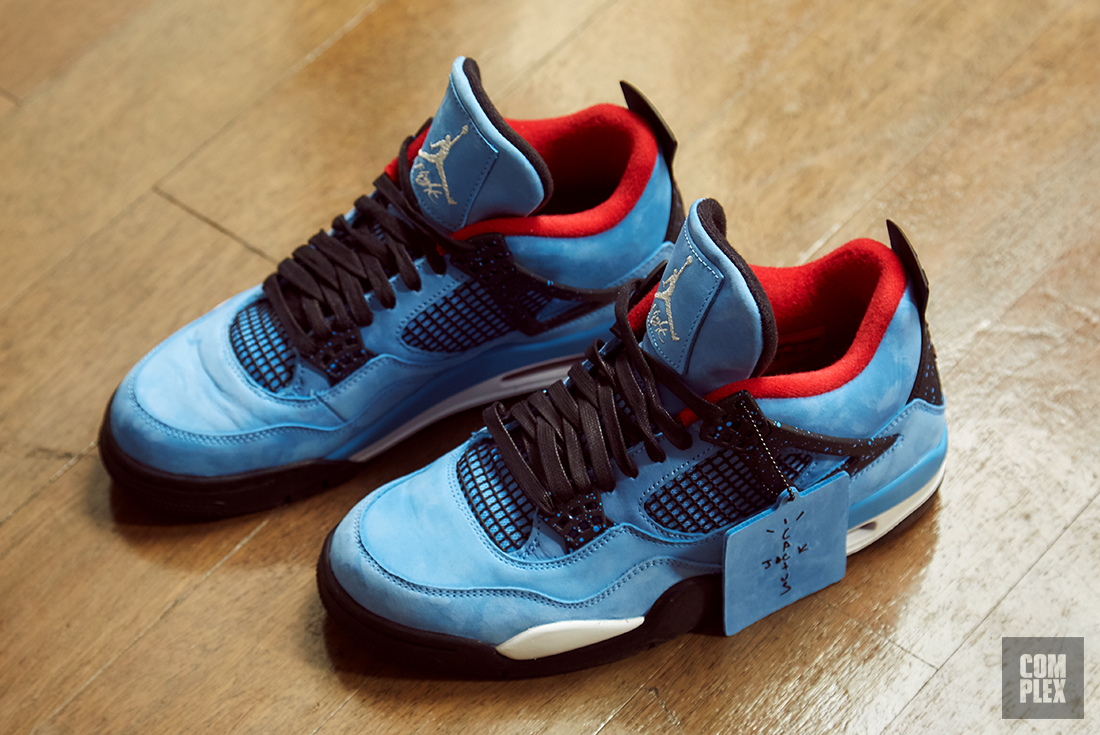
Those early co-signs established the Air Jordan IV as a go-to style choice for kids who would grow up to become rappers themselves. When their turn to shine arrived, they laced up Jordan IVs just like their predecessors. Modern footwear icons like Wale and Kid Cudi displayed their affinity for the “Black/Cement” iteration. Jordan Brand gave DJ Khaled with his very own version of the colorway, altered to include a We the Best logo on the tongue and his name lasered on it. Even a pre-Yeezy Kanye West could be seen rocking original colorways as well as the “Classic Green” Retro+ pair. The model’s presence extends past visual representation alone. Jordan IVs live in the lyrics of countless tracks released over the years. Currensy’s “Elevator Musik” references the legendary outsoles, while fellow Louisiana native Lil Wayne threatens to use his for violence (“Stompa n**** ass out in these number 4 Jordans”) in his verses. Wale rapped about wearing the shoes courtside with Spike Lee at games (“Legendary”) and while on tour on the Maybach Music posse cut “Power Circle.” With every rap reference, the Air Jordan IV’s legacy extends further through oral tradition.
The “Black/Cement” colorway’s return in 2019 for the model’s 30th anniversary is a full-circle moment. Everything about the Air Jordan IV represents a seamless synergy between sports, marketing, and pop culture. While current sneaker culture leans on manufactured moments of hype, 1989 birthed authentic firsts. What started with “The Shot” lives on today in a shoe steeped in rich memories that stretch beyond the court.
